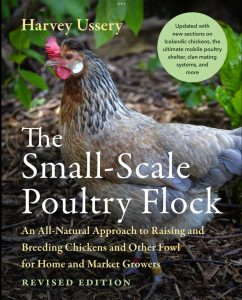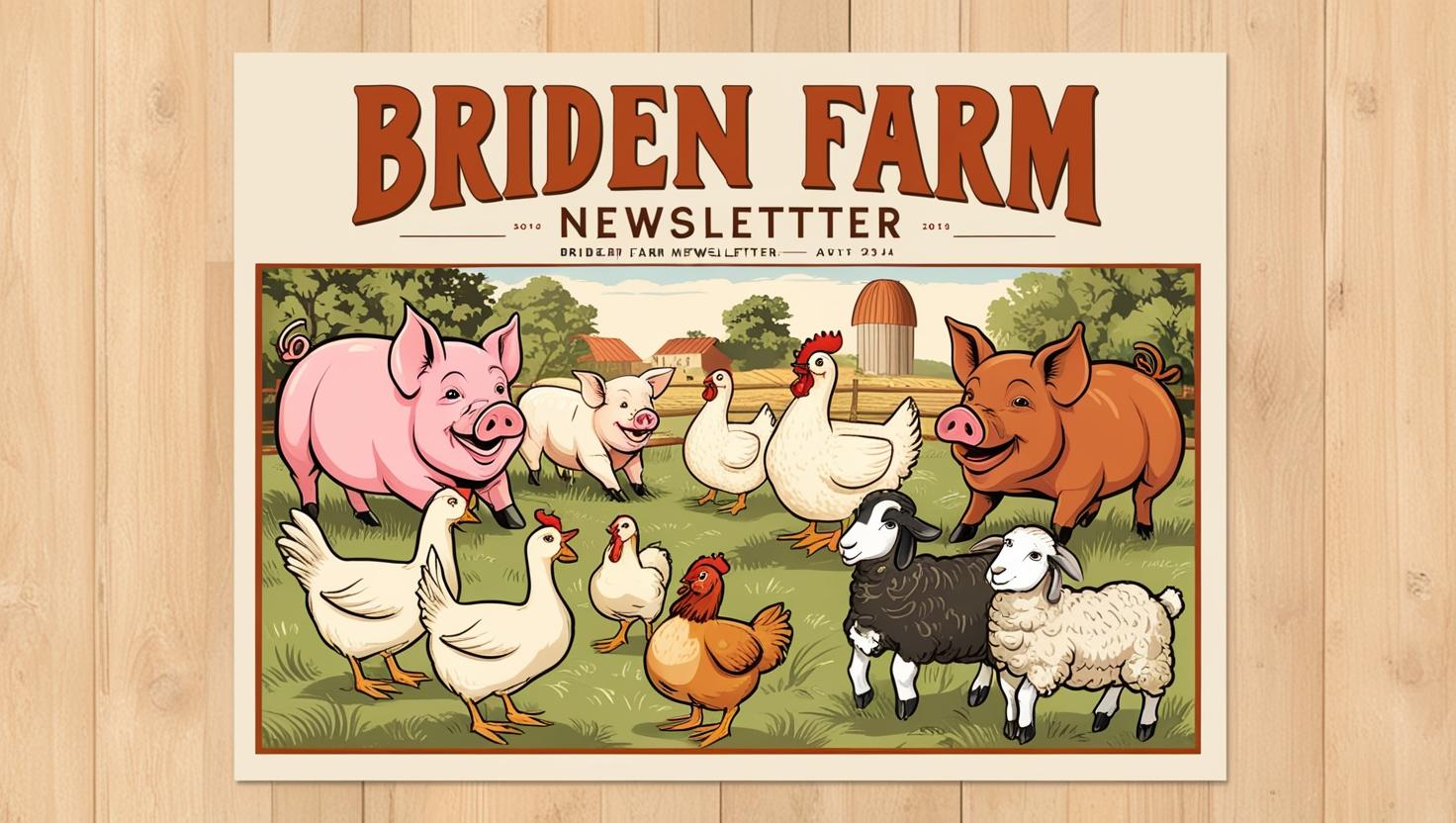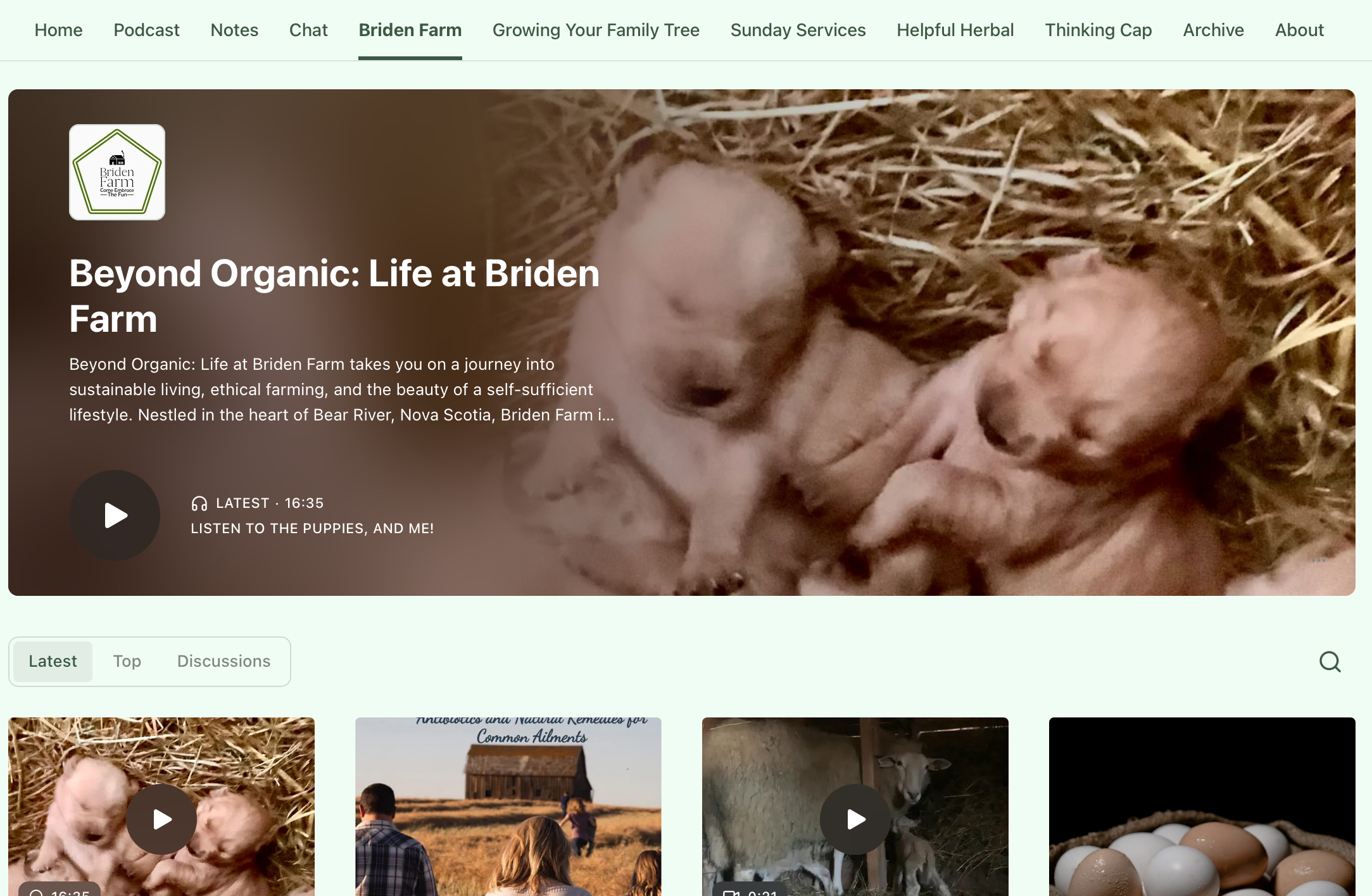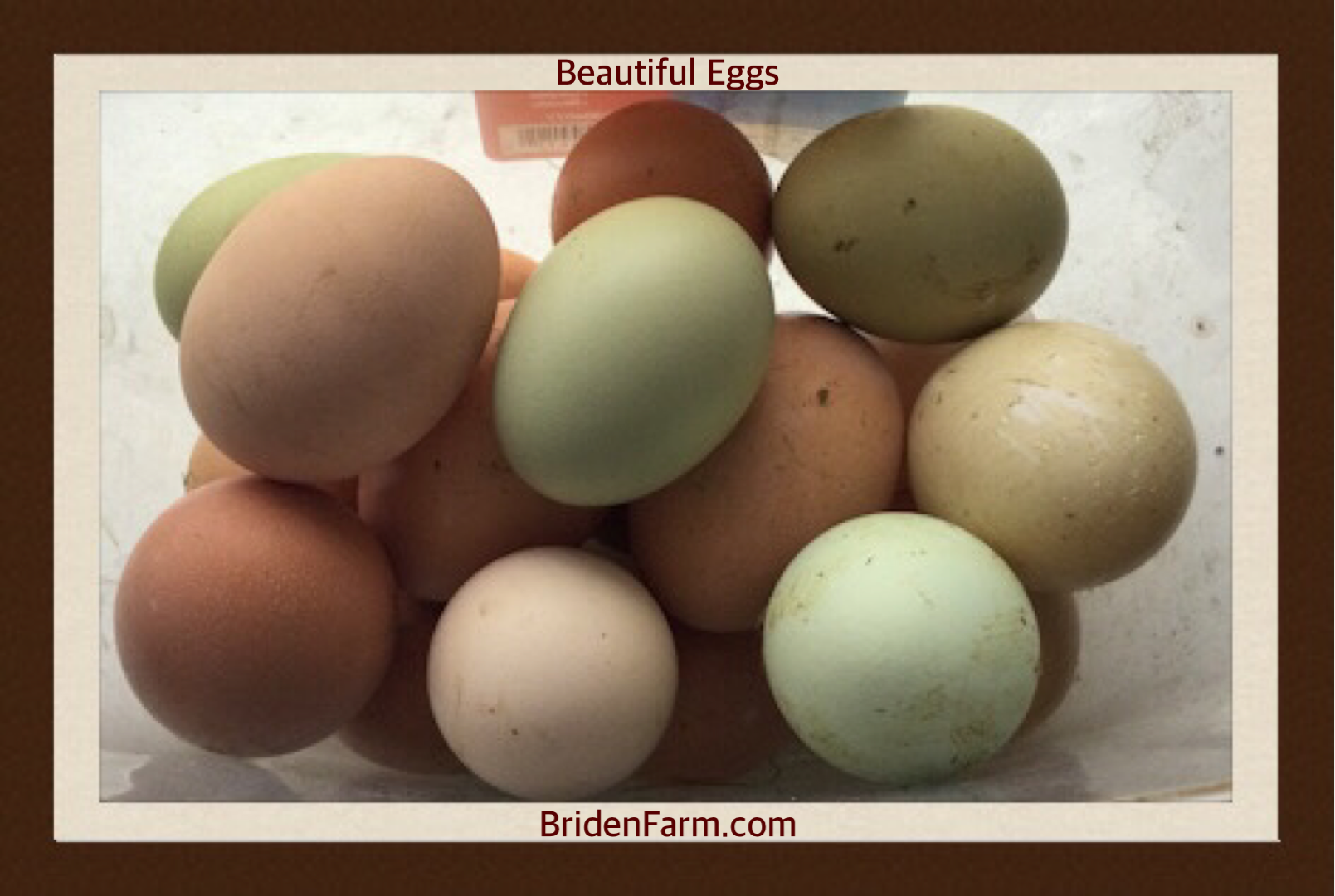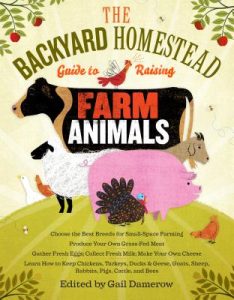Easter Egger Roosters Available
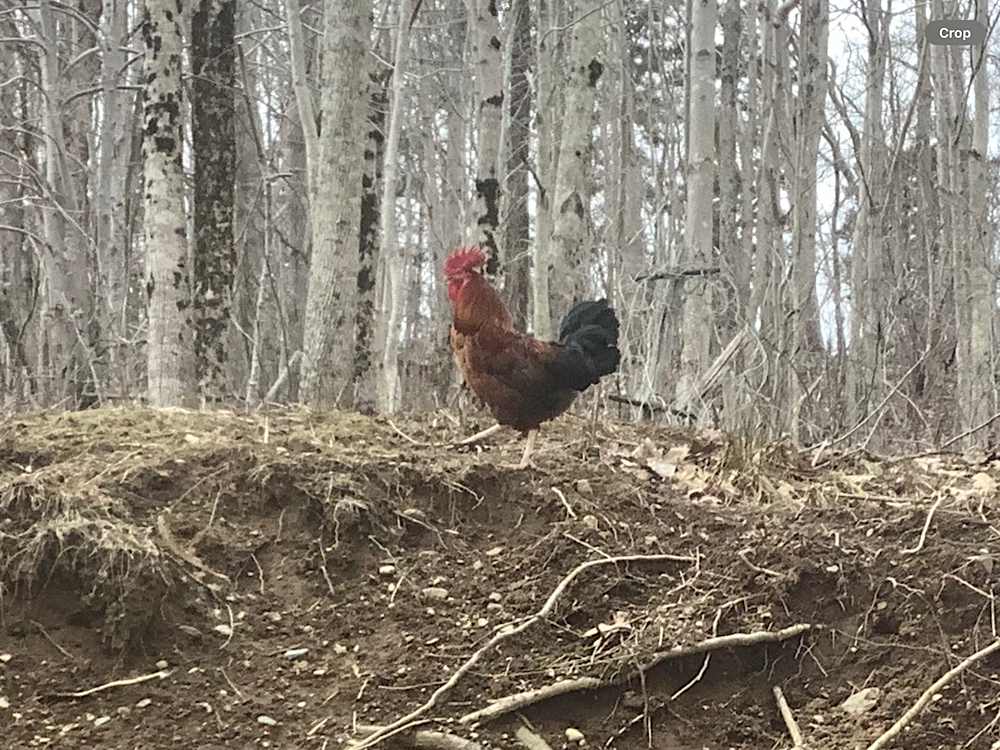
Easter Egger Roosters are a popular choice among backyard chicken keepers, especially those who love a splash of personality and color in their flock. Here’s a quick overview of what makes them special—and what to watch out for.
What Is an Easter Egger?
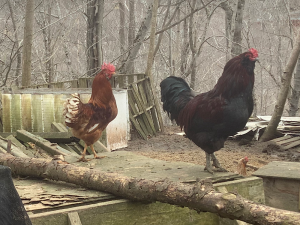
“Easter Egger” isn’t a true breed but rather a chicken that carries the blue egg gene, usually from breeds like Ameraucana crossed with other types. The result? Chickens that can lay a rainbow of egg colors (though roosters don’t lay eggs, of course!).
Traits of Easter Egger Roosters
1. Appearance:
• Wildly varied! No two Easter Eggers look exactly the same.
• They can have beards, muffs, pea combs, and come in many color patterns.
• Often have greenish legs and stocky builds.
2. Temperament:
• Unpredictable. Some Easter Egger roosters are calm, friendly, and protective. Others can be aggressive and territorial. Ours are very tame.
• Socialization from a young age helps reduce aggression.which is why our Roosters are tame.
3. Crowing:
• Like all roosters, they crow—early and often. Keep this in mind if you have close neighbors or noise restrictions.
4. Breeding:
• When bred with hens that carry the blue egg gene, they can pass on colorful egg-laying genetics to offspring.
• Their chicks can have a wide variety of appearances, just like them.
5. Behavior:
• Active and alert.
• Can be good flock protectors, sounding the alarm for predators and keeping an eye on the hens.
Pros of Keeping an Easter Egger Rooster:
• Adds genetic diversity and fun traits to your flock.
• Can pass on colorful egg-laying potential to chicks.
• Unique appearance adds flair to your flock.
Tips for Managing an Easter Egger Rooster:
• Handle often when young to promote friendliness. Like we do at Briden Farm.
• Don’t tolerate aggression—firm boundaries are key.
• Provide plenty of hens (8–10 per rooster) to avoid over-mating.
• Watch for signs of bullying or feather loss in hens.
Want help naming your rooster or managing a feisty one?
I’ve got tips for that too—just say the word!
Have Questions? Call Brian at Briden Farm 902-907-0770
